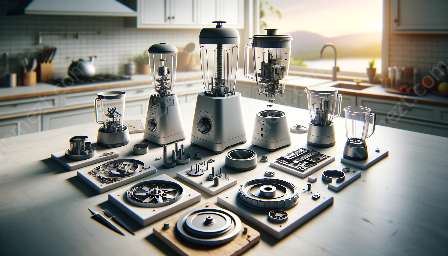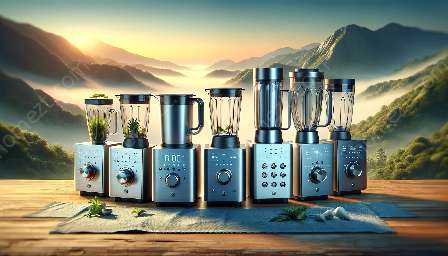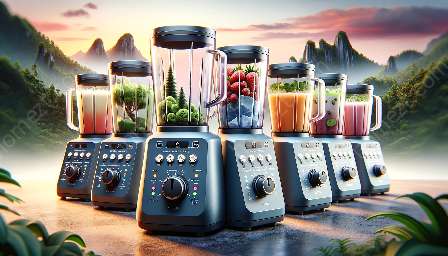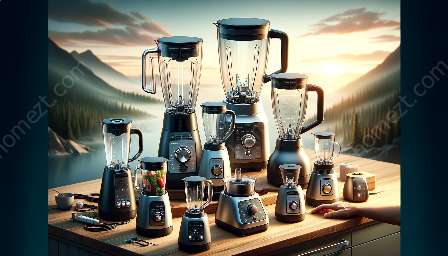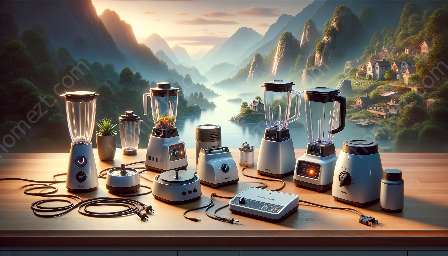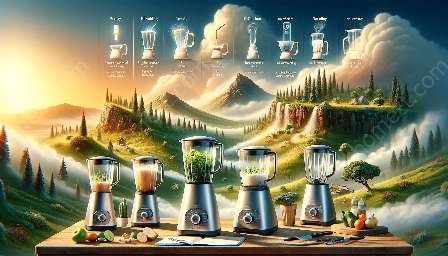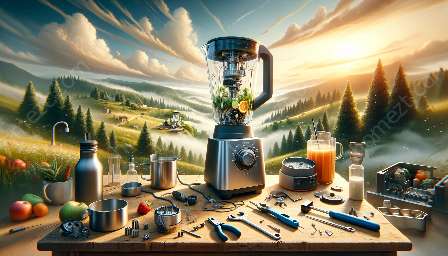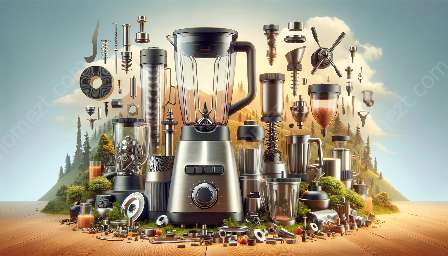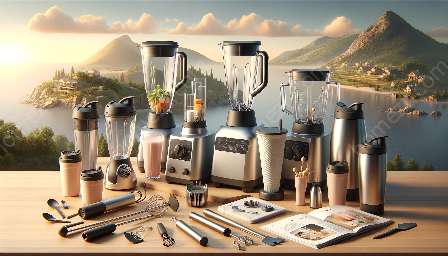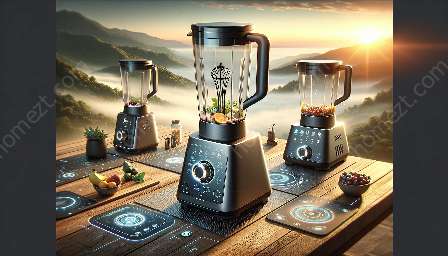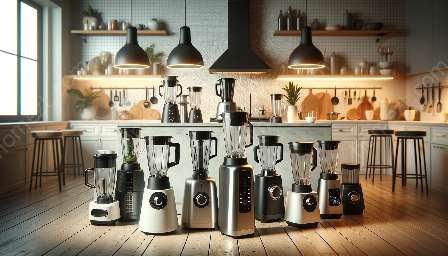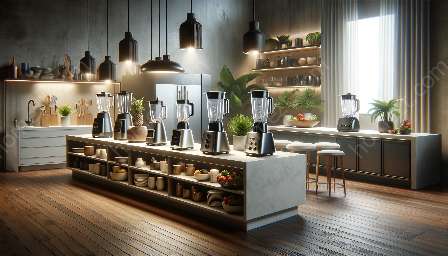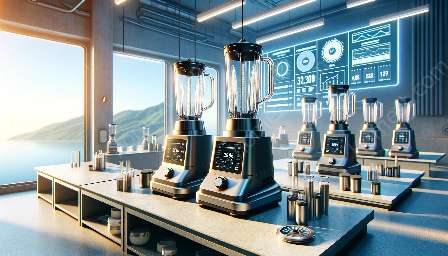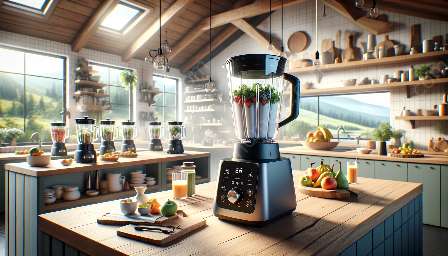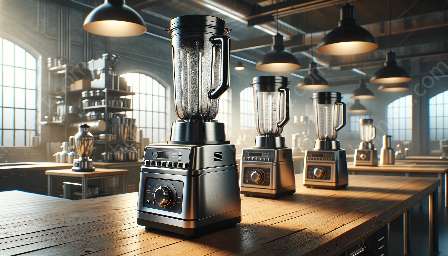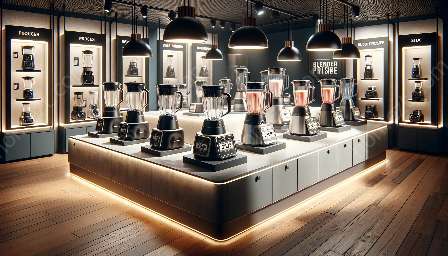Introduction to Blender Maintenance
Blenders are versatile and essential home appliances that enable us to whip up delicious smoothies, soups, and sauces with ease. However, to ensure that your blender remains in top condition and continues to perform at its best, regular maintenance is crucial. In this guide, we will explore various tips and tricks for blender maintenance, cleaning, and troubleshooting, helping you extend the lifespan of your blender and enjoy optimal performance for years to come.
Tips for Maintaining Your Blender
1. Regular Cleaning
One of the most important aspects of blender maintenance is regular cleaning. After each use, disassemble the blender and wash the removable parts, such as the jar, lid, and blades, with warm, soapy water. Ensure that no food residue remains, as this can lead to a buildup of bacteria and affect the performance of your blender.
2. Blade Maintenance
Inspect the blender's blades for any signs of wear or damage. Over time, the blades may become dulled, chipped, or bent, impacting their effectiveness. If necessary, consider sharpening or replacing the blades to maintain optimal blending performance.
3. Tighten Loose Parts
Periodically check all the blender's components for loose parts or fittings. Ensure that the base, jar, and lid are securely tightened to prevent potential leaks or malfunctions during operation. This simple step can help prolong the lifespan of your blender.
4. Lubricate Moving Parts
If your blender has moving parts, such as the drive socket or gears, it is advisable to lubricate them according to the manufacturer's recommendations. This helps reduce friction and wear, contributing to smoother and more efficient blending.
Key Aspects of Blender Cleaning
1. Jar and Lid Cleaning
When cleaning the jar and lid, pay special attention to the gasket or sealing ring to ensure that it remains clean and free from debris. This helps maintain a tight seal and prevents liquid from leaking out during blending.
2. Base and Control Panel Maintenance
To clean the blender's base and control panel, use a damp cloth to wipe away any spills or splatters. Avoid using abrasive cleaners that could damage the surface or electronics of the appliance.
Troubleshooting Common Blender Issues
1. Blender Jamming
If your blender motor appears to be running but the blades are not moving, the blender may be jammed. In such cases, unplug the blender and disassemble the jar to remove any obstructions. Once cleared, reassemble the blender and ensure that it operates smoothly.
2. Excessive Noise and Vibration
Unusual noise or excessive vibration during blending may indicate an issue with the motor or blade assembly. Inspect the blades and jar for any problems, and consult the user manual for guidance on troubleshooting additional causes of noise and vibration.
Conclusion
By prioritizing proper maintenance and cleaning, you can ensure that your blender remains a reliable and efficient kitchen companion. With regular care and attention, your blender will continue to deliver smooth, consistent results, making meal preparation a breeze for years to come.


